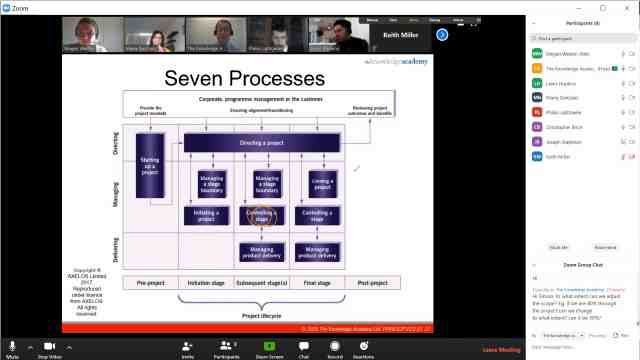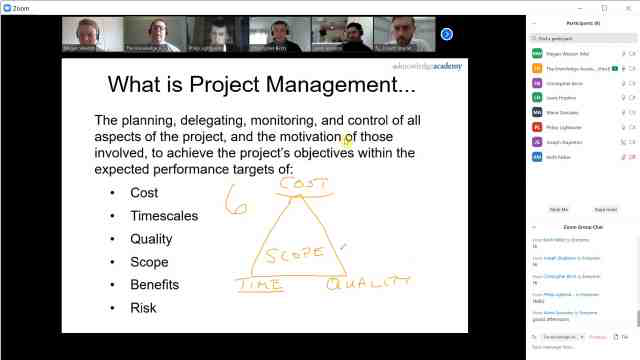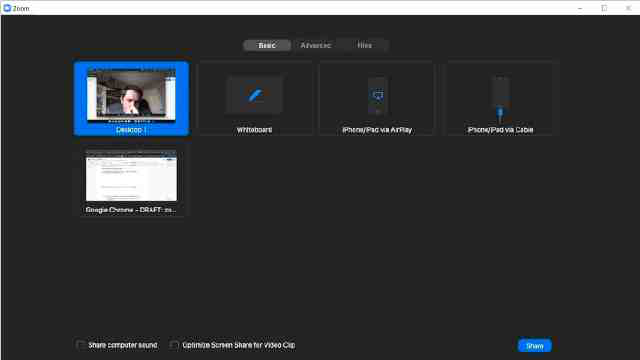Who should attend this STAAD.Pro Training?
A STAAD.Pro Course is designed to provide participants with the knowledge and skills required to effectively use the software for structural analysis and design tasks. This AutoCAD Course online will benefit the following professionals:
- Structural Engineers
- Civil Engineers
- Mechanical Engineers
- Aerospace Engineers
- Marine Engineers
- Construction Engineers
- Architects
- Quality Control Engineers
Prerequisites of the STAAD.Pro Training
There are no formal prerequisites for this STAAD.Pro Course. However, prior experience or strong understanding of structural engineering is recommended but not mandatory.
STAAD.Pro Training Course Overview
STAAD.Pro, a comprehensive structural analysis and design software, is a cornerstone in the field of engineering and construction. This STAAD.Pro Training Course introduces delegates to the capabilities of STAAD Pro and underscores its relevance in the analysis and design of diverse structures, from buildings to bridges. It stands out as one of the most important AutoCAD Courses in contemporary times.
Proficiency in STAAD Pro is crucial for professionals in civil engineering, structural design, and construction management. Civil Engineers, Structural Analysts, and Project Managers should aim to master STAAD Pro, as it equips them with the tools to analyse and design structures subjected to various loads, ensuring the safety and integrity of their projects.
The 1-day training by the Knowledge Academy empowers delegates with a comprehensive understanding of STAAD.Pro. Participants will learn the methods of model generation, eliminating trial-and-error approaches and potential errors. With experienced and professional trainers leading the way, delegates will gain the skills and knowledge needed to confidently design and analyse a wide range of structural projects.
Course Objectives
- To understand the application programming interface for STAAD.Pro
- To improve working experience and deliver a more robust solution
- To classify and design a set of members as truss objects
- To better optimise designs and automate repetitive processes
- To define models using the various foundation support types
- To improve performance, particularly when working with larger models
After attending this training course, delegates will be able to use various forms of dynamic analysis, including modal extraction, time history, and response spectrum analysis. They will also be able to determine a rough solution to the Partial Differential Equation (PDE) and the integral equation.







































 Back to course information
Back to course information




 If you wish to make any changes to your course, please
If you wish to make any changes to your course, please

